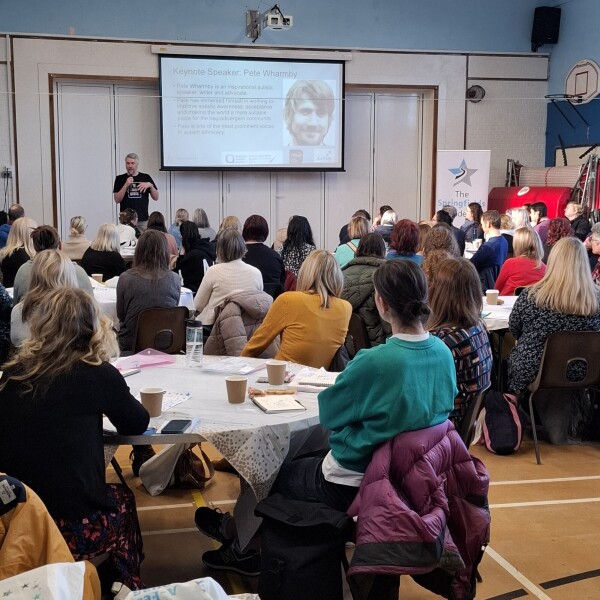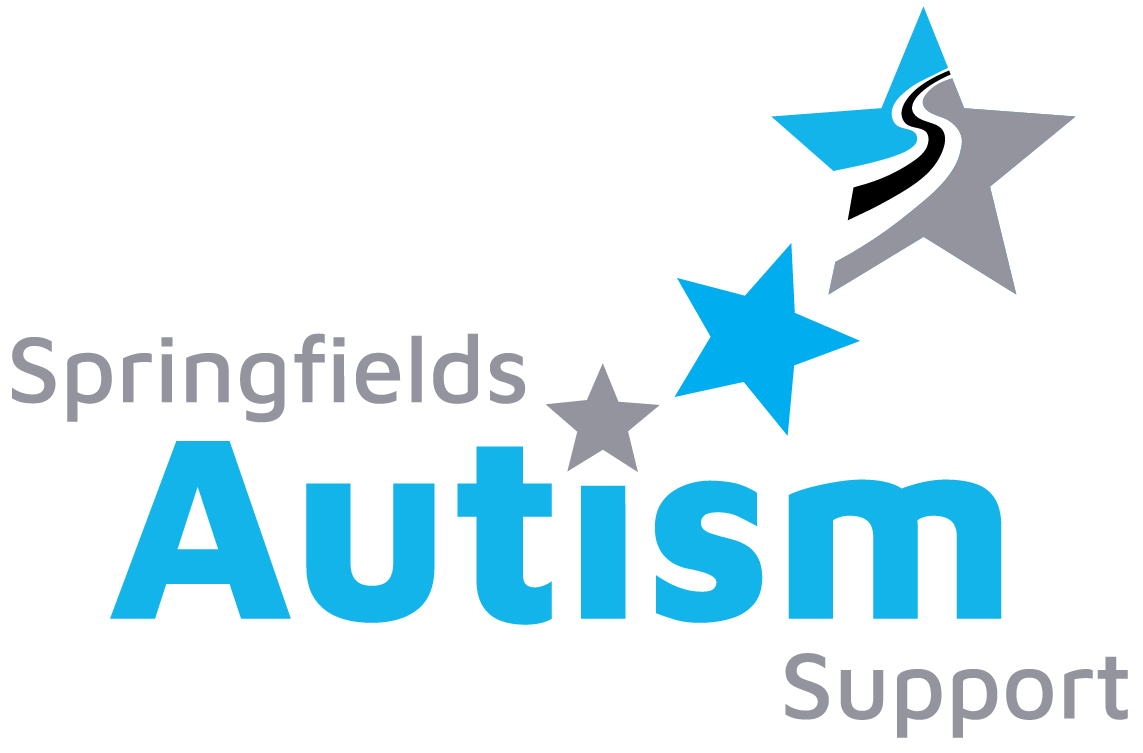A-Fest 2025 - Key Points from Pete Wharmby's Keynote Seminar
A-Fest 2025: A Festival Celebrating Autism and Autistic Individuals
Rethinking Education for Neurodivergent Children: Insights from Pete Wharmby

At A-Fest 2025, I attended a keynote delivered by Pete Wharmby, a passionate advocate for the neurodivergent community, who shared his lived experiences as an autistic individual with ADHD. Pete, a former teacher, has dedicated much of his time to raising awareness about autism and creating a more inclusive and supportive environment for neurodiverse people. He raised some questions regarding the state of education and how it needs to evolve to better accommodate autistic children.
The State of Education for Neurodivergent Children
Pete began by sharing his personal journey, alongside his frustrations with the education system. He candidly expressed how neurodivergent children, including those with autism and ADHD, are often "treated like dirt" in many educational settings. While there are some schools making strides toward better inclusion, Pete pointed out that, for the most part, schools remain “hostile” to the needs of these children.
Pete explored this issue by considering the historical development of schools, which were designed to meet the needs of the majority. However, this approach fails to account for the specific needs of neurodivergent children, leaving them marginalised and unsupported. This way of thinking is deeply ingrained in UK culture, which makes it challenging to envision a change in the system.
Sensory Needs and the Impact on Learning
A key aspect Pete emphasised was the sensory challenges that neurodivergent children face in traditional school environments. He highlighted how seemingly simple aspects of school life—such as the ringing of bells, crowded classrooms, and busy breaktimes—can be overwhelming for autistic children. Pete shared a powerful analogy: having radiators in class is a reasonable adjustment that meets the needs of the majority, allowing us to alter the temperature. But other reasonable adjustments, when proposed, are often met with hostility or resistance, simply because they are different or unexpected.
This point underscores the need for education to be more adaptable. While schools might be able to adjust temperature settings to meet the majority's needs, similar flexibility should be extended to neurodivergent children and their needs. Unfortunately, these children often face barriers to accessing adjustments that would help them thrive in school, simply because these needs fall outside the standard expectations of the system.
The Need for Change: Adapting Education for All Learners
Pete is clear that education must be designed to support all children—not just the majority. He recognises the challenges schools face, including time constraints, funding limitations, and capacity issues; however the system must evolve to meet the needs of all learners, not just the majority.
One important point Pete raised is the concept of "polytropic learners"—those who are capable of focusing on multiple things at once and switching between tasks or subjects. Many neurodivergent individuals, particularly those who are autistic, find this style of learning difficult. The transition between activities, which is often a seamless part of the school day for others, can be difficult for neurodiverse children. These children need time to prepare, decompress, and transition in ways that support their unique learning needs.
Creating Space for Neurodiverse Children
The school day itself can be overwhelming for neurodivergent children. From long hours in the classroom to the chaotic sensory overload of breaktimes, these experiences can lead to burnout. Neurodivergent children need opportunities to regulate and rest, but often the structure of the school day doesn’t allow for this. The busy, noisy environment of the playground and crowded corridors can be particularly difficult, exacerbating the challenges they already face.
Pete acknowledged that while individual professionals may have limited ability to make large-scale changes, small and consistent improvements can make a meaningful difference. As professionals, we can’t control everything, but we can create environments where neurodivergent children feel safe, supported, and understood. A calm, reassuring presence during moments of sensory overload or stress can have a life-changing impact for an autistic child. Trust and understanding go a long way in helping these children navigate their challenges.
Moving Forward: Small Steps Towards Change
Ultimately, Pete's message was one of hope and action. Change may seem difficult, but it is possible. It requires professionals to challenge long-held beliefs, to advocate for the needs of neurodivergent children, and to create environments that are inclusive and adaptable. This is not just a moral imperative, but a necessary step towards ensuring that every child has an opportunity to succeed, regardless of their neurodiversity.
As professionals, educators, and advocates, we must continue to strive for better. By making small, consistent changes and creating spaces where neurodivergent children can thrive, we are contributing to a more inclusive, supportive education system for all.
Thank you, Pete Wharmby, for sharing your valuable insights and reminding us all that the way things are cannot remain the way they always will be. It’s time to rethink how we educate and support neurodivergent children, so they can feel valued, heard, and empowered in every learning environment.
Written by Jessica Coulson
